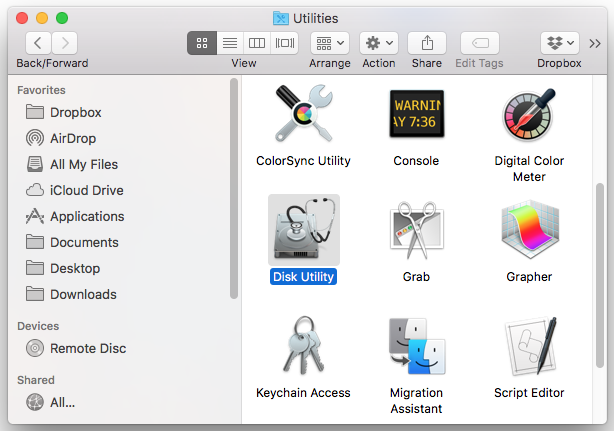
We outline a range of straightforward solutions to an external hard drive not showing up on Mac in the following sections. However, if you're eager to fix this bug yourself, keep reading. And it gives you clearing and privacy features, including a full VPN client. It offers on-demand and real-time protection, preventing viruses and other malicious software from taking hold. To protect yourself, give MacKeeper a try. Wish to know what is causing your Mac might not recognize an external drive issue? Among the numerous culprits, one of the most popular ones is the presence of malware on your computer. Whatever happens, there are always ways to deal with it, and our team has gathered the most effective ones in this piece.

There can be many reasons for a Mac not reading a hard drive: poor connection, faulty cable, or, in the worst-case scenario, corrupt hard drive data. If you don’t want to proceed with partitioning the disk, click Cancel.Īfter the operation finishes, click Done.Īfter you partition a storage device, an icon for each volume appears in both the Disk Utility sidebar and the Finder sidebar.When you plug in a hard drive into your Mac, you expect it to pop up in Locations in Finder - next to your remote disk and the computer itself. If you want to proceed with partitioning the disk, click Continue. If a dialog appears that indicates it will take a long time to resize the startup volume, read the information in the dialog, then do one of the following: Read the information in the Partition Device dialog, then click Partition. Type a name for the volume in the Name field.įor MS-DOS (FAT) and ExFAT volumes, the maximum length for the volume name is 11 characters.Ĭlick the Format pop-up menu, then choose a file system format.Įnter the size or drag the resize control to increase or decrease the size of the volume.
:max_bytes(150000):strip_icc()/003B-format-mac-drive-using-disk-utility-os-x-el-capitan-later-2260751-f0b955c7264a4fafbe483cc0690d3949.jpg)
Note: If you click Add Volume instead, you can click the Add button to create an additional APFS volume in the container, or click Cancel to return to the Disk Utility window without making any changes to the storage device.


 0 kommentar(er)
0 kommentar(er)
